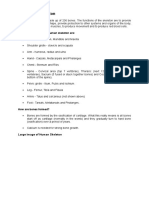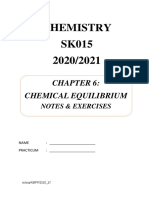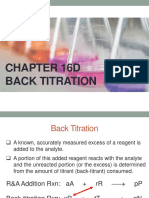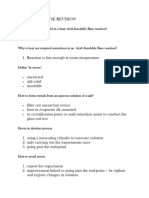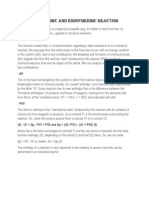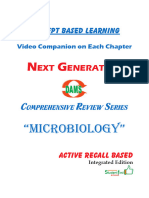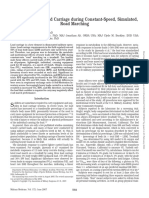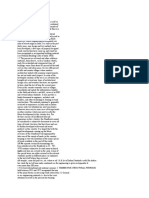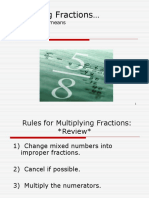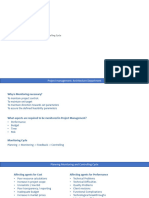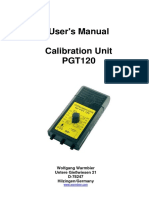0% found this document useful (0 votes)
520 views3 pagesUnit 17 Assignment 1 New
This document outlines an assignment for a BTEC Level 3 National Extended Diploma in Applied Science. The assignment requires students to: 1) Produce a report evaluating and comparing the structures and classification of five microorganisms using various microscopy techniques; 2) Include annotated illustrations and explanations of four microorganisms viewed under light and electron microscopy; and 3) Evaluate the advantages and limitations of different microscopy techniques in observing microorganisms in medicine and industry. The report aims to demonstrate understanding of microbial classification and use of microscopy skills developed during a work placement.
Uploaded by
farhansharieaCopyright
© © All Rights Reserved
We take content rights seriously. If you suspect this is your content, claim it here.
Available Formats
Download as DOC, PDF, TXT or read online on Scribd
0% found this document useful (0 votes)
520 views3 pagesUnit 17 Assignment 1 New
This document outlines an assignment for a BTEC Level 3 National Extended Diploma in Applied Science. The assignment requires students to: 1) Produce a report evaluating and comparing the structures and classification of five microorganisms using various microscopy techniques; 2) Include annotated illustrations and explanations of four microorganisms viewed under light and electron microscopy; and 3) Evaluate the advantages and limitations of different microscopy techniques in observing microorganisms in medicine and industry. The report aims to demonstrate understanding of microbial classification and use of microscopy skills developed during a work placement.
Uploaded by
farhansharieaCopyright
© © All Rights Reserved
We take content rights seriously. If you suspect this is your content, claim it here.
Available Formats
Download as DOC, PDF, TXT or read online on Scribd
/ 3

